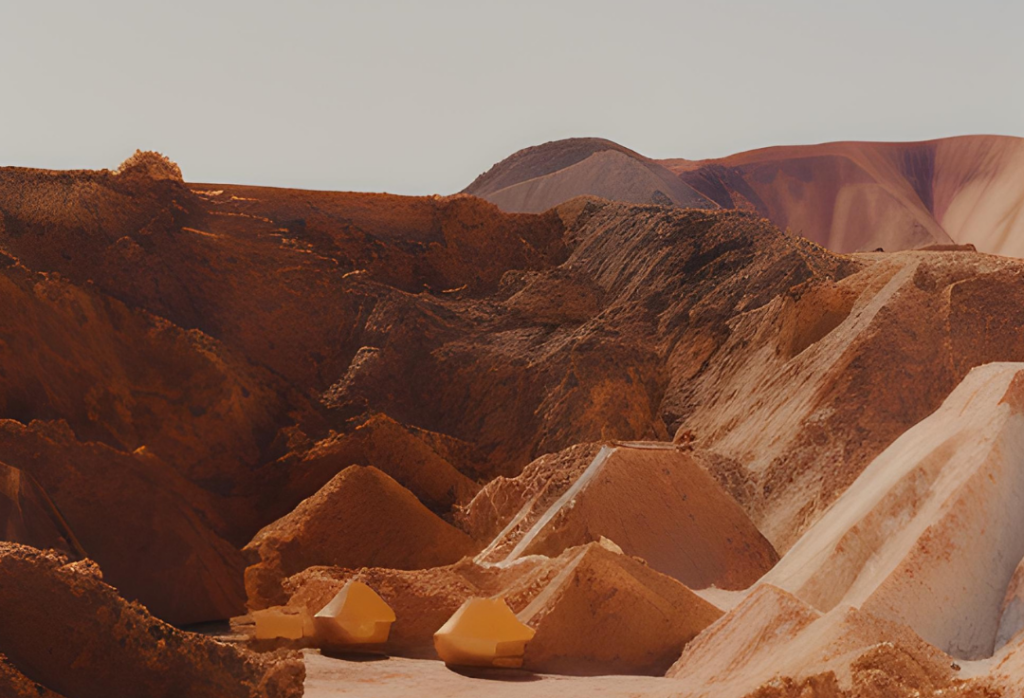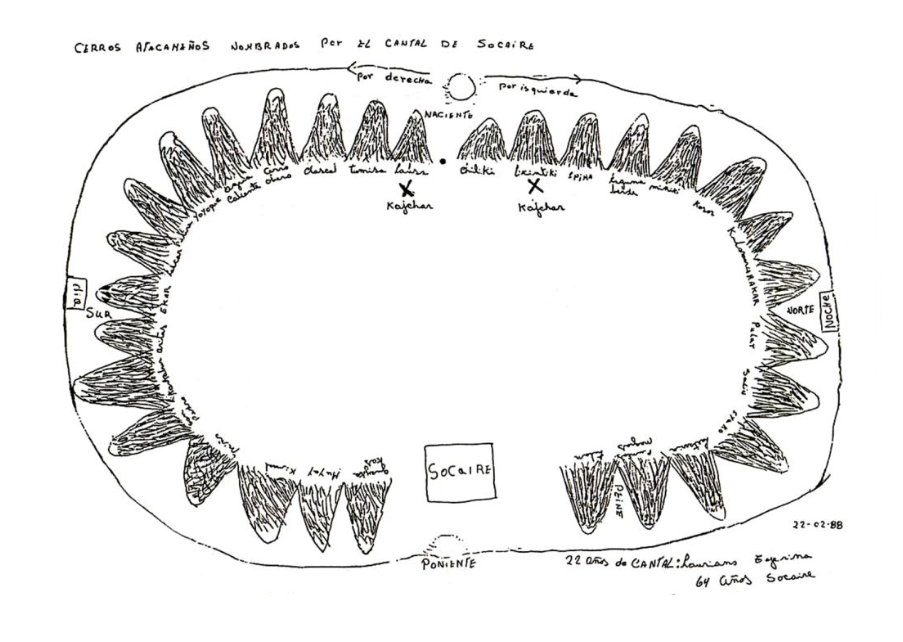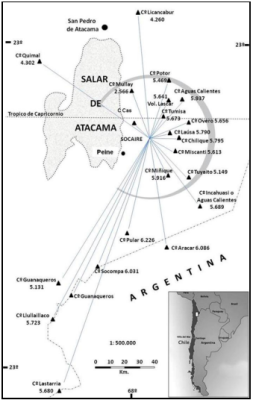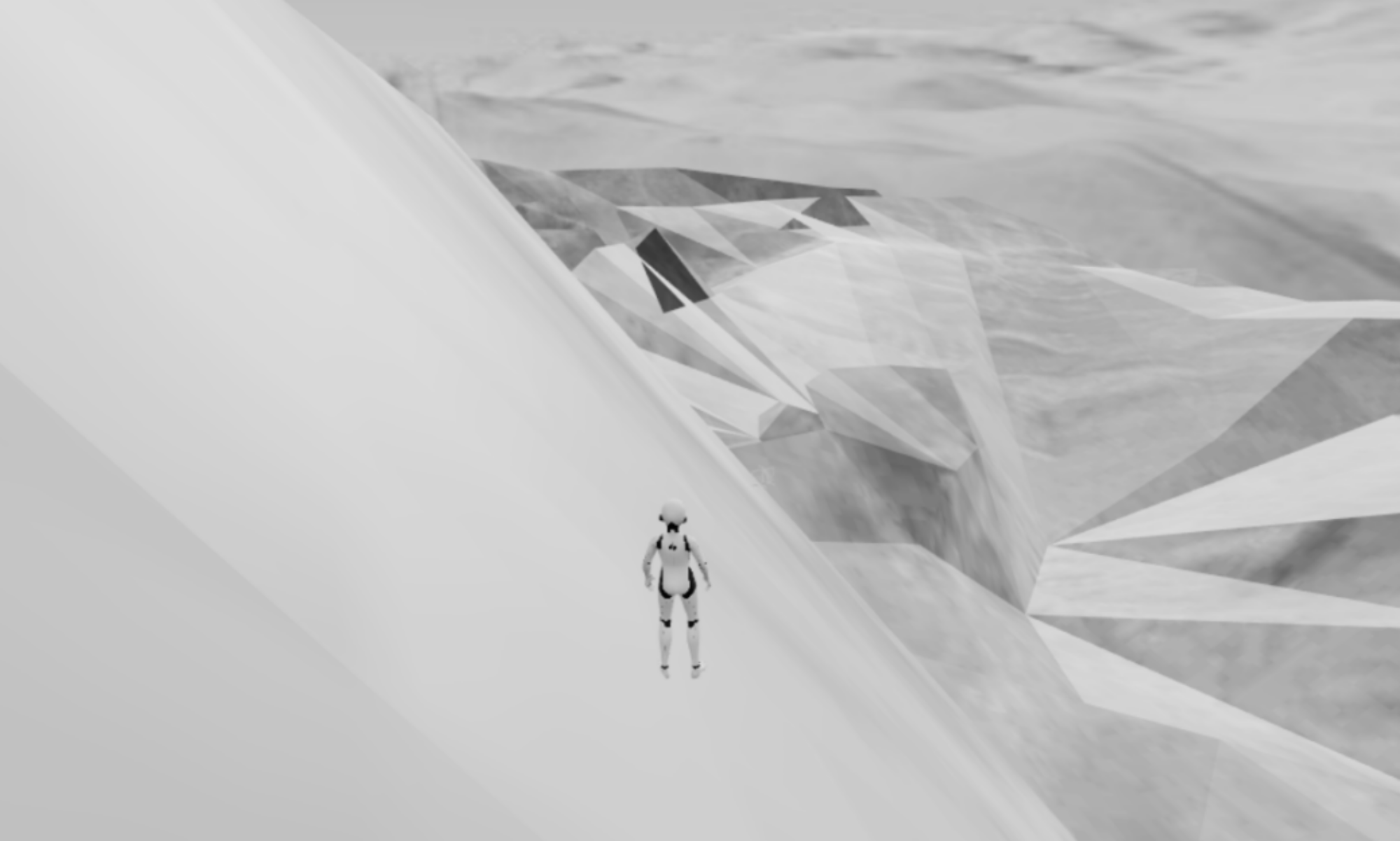LITHIUM REPUBLIC XYZ
FUNDAMENTALS

Images for Rehearsing Fiction
Keywords: narrative, representation, simulation, virtuality, language tools, network topologies, complexity, decentralization, extensity, multiplicity, rehearsal, diversity, staging, epistemology, potential realities, crisis environments, potential images, energy transition.
By Merlina Rañi
The lithium region is physically hard-to-reach, and most people are unaware of it. Nevertheless, it has become the focal point of one of the most pressing agenda issues of the moment: the energetic transition. Creating an image of the place, its inhabitants, the diversity of voices, worldviews, and temporalities situated there, is a first step towards forming a stance that allows us to reflect on and take action regarding a seemingly elusive problem.
Primarily, these kinds of places (which carry a complex web of geopolitical interests) fall prey to post-truth in a media machinery that distorts the image due to the tendency to represent the economic interests of historically dominant sectors. The potential images of this region are far too intricate and profound to be seen singularly. Its wealth in resources, stories, and culture cannot be fully interpreted all at once. However, without a doubt, the lithium triangle is not an uninhabited desert, as is often depicted.
Lithium Republic XYZ presents itself as a platform enabling the staging of different questions and discourses about this crisis-ridden environment, utilizing resources such as virtuality and simulation. The fundamental exercise of these resources lies in forms of narrative and representation, which broadly entails organizing symbols (and their symbolic field) to bring specific information into the realm of discussion and awareness, to highlight and observe them. While narrative and representation are structural exercises in language and are present in all spheres of human culture, in the case of a digital simulation environment like the metaverse, they propose particular conditions that are of special interest to the project.
To begin, the narrative in digital virtuality is presumed to be one among many, meaning its nature is multiplicity. While truth is not inherent to this environment, its dynamics are about to rehearse, allowing a diversity of paths and proposals. On the other hand, representing space as an idea that can be traversed, where information and meaning can be developed, suggests an experience capable of generating knowledge. Hence, staging a narrative in extensity—that is, in the idea of space—shapes new forms of epistemology (ways of knowing, learning, and experiencing), as well as new challenges for a narrative in dimensions that are not well-represented by linearity but rather work better with network topologies that embrace contingency and complexity.
The project becomes a platform to support researchers and individuals interested in this region and related issues, who wish to explore the potential of these language tools for reflection, dissemination, and the rehearsal of alternative narratives, thus constructing potential realities. While its purpose is the appropriation of new media (metaverse, VR, blockchain, AI) for experimental purposes, to de-hierarchize virtual discourses—emanating from hegemonic centers of power—in favor of participation and decentralization.


This drawing depicts the various hills that surround the Socaire region. They are arranged orderly in a circle to guide a movement upon which a famous Socaire ritual is based. This ritual involves chants in the Kunza language (among the few that are still remembered) to request rain and water. Each hill (many of them being volcanoes) represents an entity that surrounds the ritual’s strategic point at varying distances. Perhaps, for someone unfamiliar with this cultural symbol, perceiving it in this way would be impossible without the drawing that represents the territory in the practical sense of the ritual. This exercise is a clear and valuable example of the diversity of perspectives and worldviews from which a territory can be approached, and from which images can be produced about it, aiding us in understanding it in different ways.
Reference: “La mano de Dios en Socaire: estudio de un calendario agrícola en Atacama, Norte de Chile” by Ricardo Fernando Moyano Vasconcellos.

